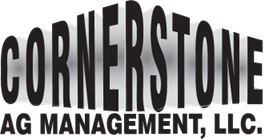How to Detect Respiratory Diseases in Calves Quicker | Farm and Dairy
In this article, Jason Hartschuh provides info on how you can better detect respiratory diseases in calves:
“Usually, I find winter calf management to be slightly easier than summer, especially with the addition of calf jackets helping to manage cold stress. This winter has been the opposite of simple — with temperatures on a roller coaster ride rivaling Steel Vengeance — that keeps me guessing as to how much to open and close my naturally ventilated calf barn.
Even if I had the advantages of positive pressure ventilation helping to manage air turns per hour, the 40-degree temperature swings can be hard on calves and humans. Factor in the high moisture in the air, and you have the perfect recipe for pneumonia. […]”
To read more, click here.




